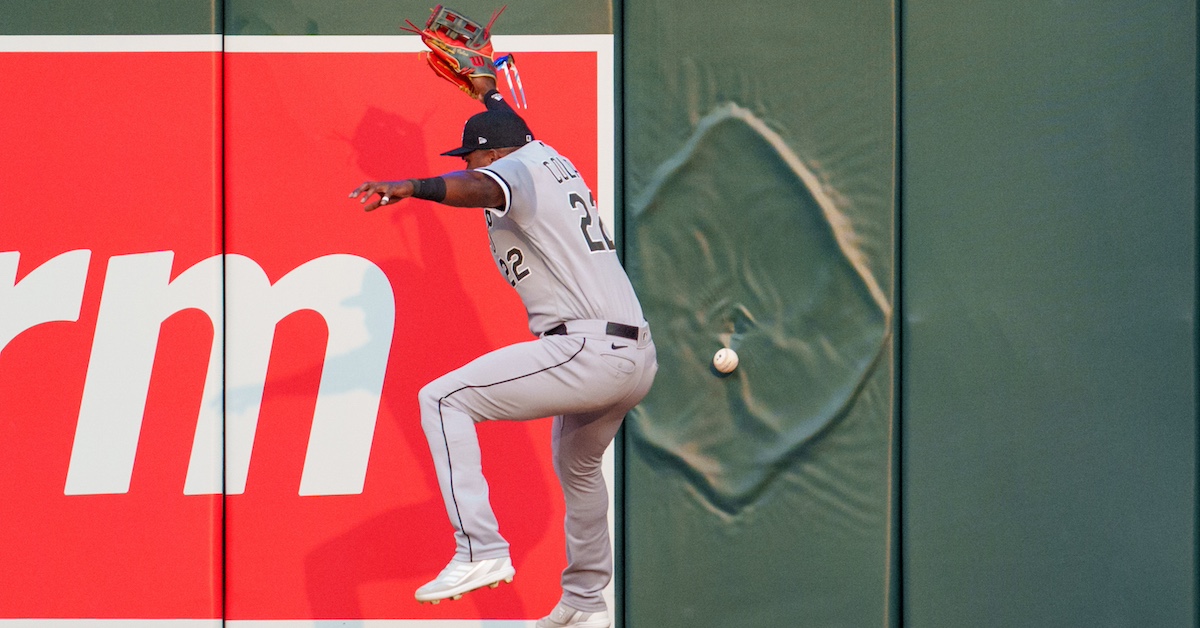How (Not) to Build For Depth

I’ve become increasingly fascinated by major league teams’ depth recently. The reasons for my fascination are all over the map. I’m always interested in looking for blind spots in our playoff odds, and a conversation with the big boss (hi David!) at the Winter Meetings got me thinking about how teams allocate playing time between starters and backups. I was already independently digging into how team strength changes throughout the year as their roster changes. The plight of various injured pitching staffs – and the triumph of the always-adding Rangers – was yet another angle on the problem.
To that end, I started looking at how much of each team’s playing time and WAR comes from their Opening Day rosters every year. I was looking for interesting trends, though I wasn’t exactly sure where to find them, so my plan was to keep an open mind and see what jumped out at me. But, uh, I didn’t expect this.
See, my first check was what percentage of each team’s total WAR in a given season came from their initial roster. In a given year, you might have a very healthy roster like the Blue Jays’ (88.6% of their total plate appearances plus total batters faced came from players who were in uniform for the first game), and thus end up with 91.5% of your WAR coming from that group. You might make a series of call-ups throughout the seasons like the Reds (58.9% of playing time on the Opening Day roster) and end up with only 63.9% of your WAR coming from that group. I thought that by taking averages of these, I might be able to learn something. Read the rest of this entry »








